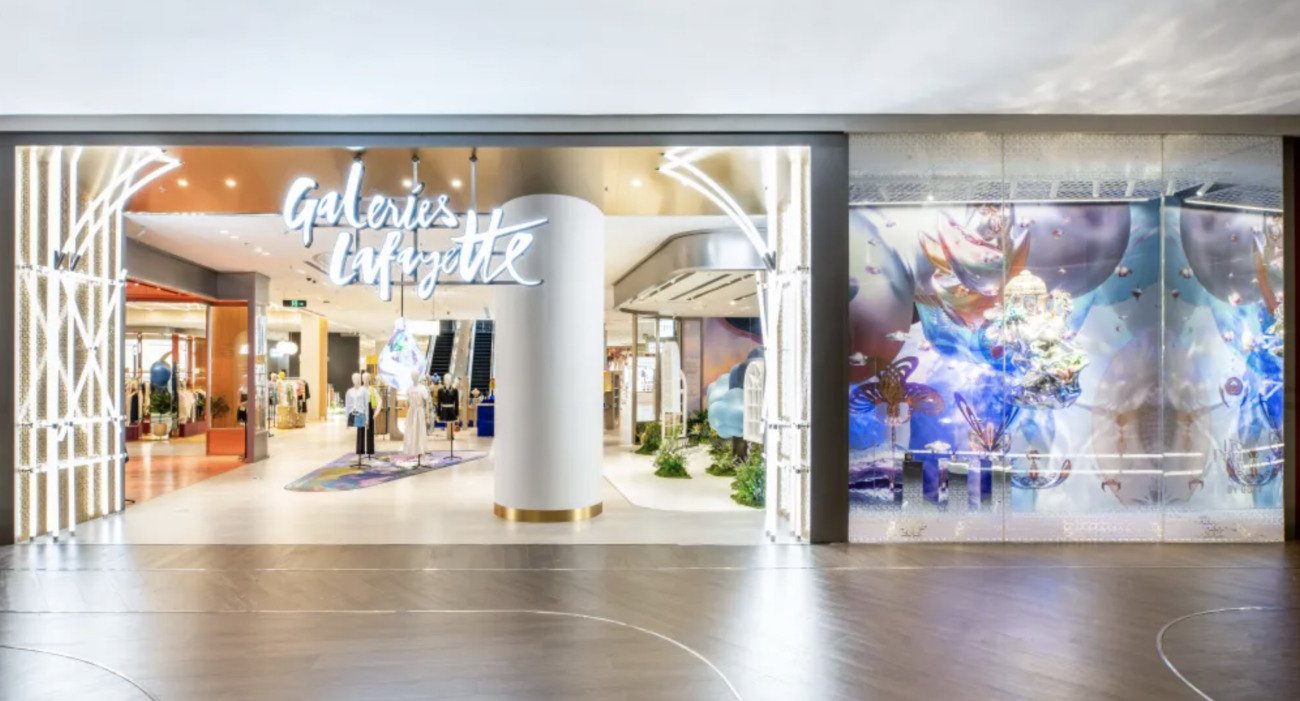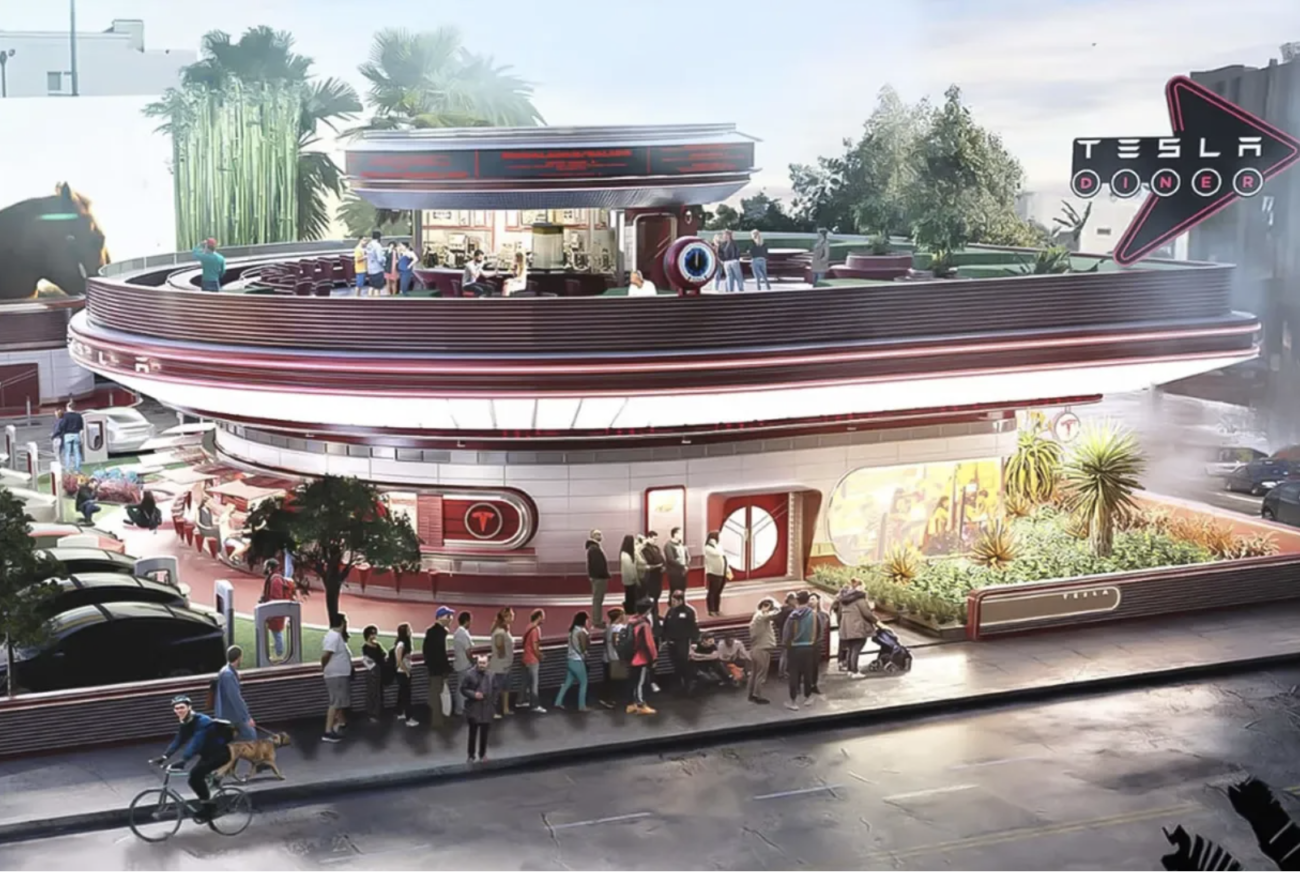Super-Marketing. It’s a science.
What's in a brand name? Well, it turns out, a lot. Did you know that people rate the identical beverage as tastier when it's in a "Coke" can than in a "Pepsi" can? This, and
What’s in a brand name? Well, it turns out, a lot. Did you know that people rate the identical beverage as tastier when it’s in a “Coke” can than in a “Pepsi” can? This, and other juicy “behind the scenes” tidbits of information, are being revealed to the public in books appropriately titled “Buyology” or marketing guru Martin Lindstrom’s latest bestseller “Brandwashed.”
Below are 9 great examples of how supermarkets use marketing science to get consumers to spend.
1. Fooled by Fresh Flowers
Do you notice that upscale supermarkets, place fresh flowers right next to the store entrances. This creates an image of “fresh from the farm” delectability that sets the tone for the consumer’s shopping experience. Would the shopping experience start on such a good note if cans of Spam, dog food, toilet cleaner, and dusty old light bulbs were the first things you saw?
2. Counterfeit Crates
Notice those stacked cardboard boxes filled with fresh apples and oranges? Well, if you look closer, in some supermarkets, those boxes are actually part of one giant box with partitions. This is deliberately done to create the image of staff piling the crates of freshly picked fruit on top of one another. However, according to Lindstrom, store bought apples can be as much as 14 months old.
3. Banana Drama
Surely, the bananas are just bananas, right? Uh… no! Lindstrom writes in a 2011 Fast Company blog post:
…banana growers have turned the creation of a banana into a science, in part to manipulate perceptions of freshness. In fact, they’ve issued a banana guide to greengrocers, illustrating the various colour stages a banana can attain during its life cycle. Each color represents the sales potential for the banana in question. For example, sales records show that bananas with Pantone colour 13-0858 (otherwise known as Vibrant Yellow) are less likely to sell than bananas with Pantone colour 12-0752 (also called Buttercup), which is one grade warmer, visually, and seems to imply a riper, fresher fruit. Companies have analysed the sales effects of all varieties of colour and, as a result, plant their crops under conditions most ideal to creating the right ‘colour.’
4. Where’s the Milk?
As you search for the milk and eggs that most people make a quick stop for, did you notice they are at the back of the store?
This is no accident. Having to walk down the aisles to get to your basics makes it more likely you’ll pick up some delectable, yet expensive impulse buy, placed precisely at eye level, along the way.
5. Exasperated by Expiration Dates
Speaking of the milk and eggs, have you ever noticed a carton of milk has expiration dates, as do some bottled waters and many other purchases, such as, perhaps, cola, or toothpaste. Bet you think that some official government body is looking after your interests by ensuring optimal freshness. Wrong!
Actually, some of these products don’t actually expire, or expire long after the date noted. If the milk in your fridge isn’t all rancid and lumpy and smells fresh, it’s probably fine to drink. Stores often add these dates to have you throw out the products and replace them more often, leading to more sales & predictable time periods for re-ordering.
6. It’s time for bottled water to come clean
Now, about those bottled waters… did you know that in most areas, tap water is perfectly safe to drink. In fact, some bottled waters actually are tap water, with filtering or some other ingredients to make them taste a bit better. Others are gathered from the same reservoirs that your tap water comes from. There is no protective regulation ensuring bottled water has to come from some melted arctic glacier, despite the blue labels and glacial pictures. In some cases, bottled waters, can actually be dehydrating, rather than thirst-quenching, due to the high salt content.
7. Organics
Moving right along, how about those green products we pay the extra bucks for? A few years ago, brands selling organic products were making a killing, but now the regular brands have gotten wise and are rolling out organic and green versions. You will see some spurious advertising, such as, “Now much greener, we use 20% less plastic in our bottles;” aimed at removing the guilt at buying a product destined for the landfill.
The term “organic” is also sometimes used when it shouldn’t be, such as the case of the farm with fat, happy chickens grazing the land; only they bought the stuff they sold to the stores for top dollar from the overcrowded, dark chicken coop down the road.
Of course, not all organic products represent fraudulent advertising, and, if you care about how animals are treated, terms such as “grass-fed” or “free-range” can denote more humane practices, resulting in healthier, tastier food.
8. Keeping up with the Environmentalists
Actually the green washing and cleaning products are better for the environment, but here consumers are the shady ones. Research shows many people buy the “greener” products, not to save the environment, but to keep up with the bicycling, composting Prius owners next door.
There seems to be status in showing how ‘enviro’ you are, especially if you pay a higher price to help the environment—a phenomenon known as “competitive altruism.” Some lab research shows if the buying decision is kept completely private or the price is the same, people make less “green” choices. This is probably due to the status aspect.
9. Nailed by Neuromarketers
The new (and “hot”) science of neuro-marketing, uses fancy brain-scanning technologies, such as functional magnetic resonance imaging (fMRI) to look at what brain areas light up at different stages of the purchasing process. In one study, experimenters could predict buying choices, 7 seconds before consumers knew what they were going to buy.
 English
English




